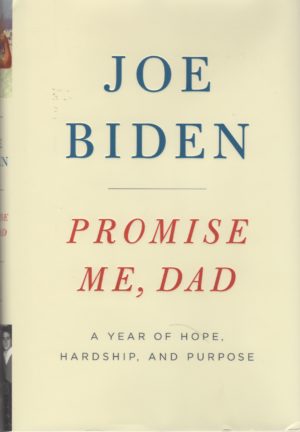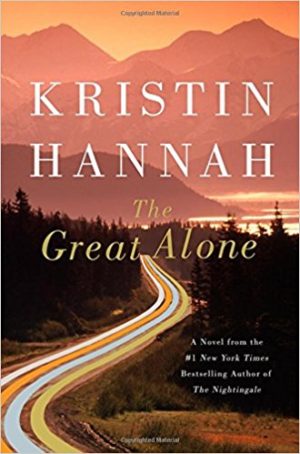
Red Jacket by Joseph Heywood (2012. Lyons Press. ISBN978-0-7627-8859-0)
Great, I thought, when I stumbled across this novel set in UP Michigan during the Copper Strike of 1913, maybe the author can give me some additional insight into what happened. Sorry to say, this isn’t the case. Here’s why.
This book, in many ways, reminds me of the Western penned by actor Gene Hackman (Payback at Morning Peak), which can be reviewed in the archives of this site by using the search bar. Hackman, a wonderful actor, is a lousy writer. I don’t know about Mr. Heywood’s acting ability but, as a writer, his style, at least as displayed in this 472 page tome, is puzzling. Puzzling in the sense that it doesn’t measure up to the blurb hype on the back jacket of the book or what one would expect to come from the fingertips of an author who reportedly has (according to the Amazon reviews of his work) a pretty loyal regional fan base for his fiction. What’s the problem, you ask?
Well, for starters, traditionally historical novels (and that’s what this book purports to be: heck, Teddy Roosevelt even appears as a character, though a bit unfulfilled as such, in my estimation) are big on narrative and use bits of dialogue to expose the inner thoughts and demons of the book’s characters, both real and imagined. Here, the reader is forced to read page after page after page of flat, uninteresting, and mundane dialogue that far exceeds what one would find even in the most stripped-down genre novels, where action and plot and dialogue are the keys to the story, and where narration and character usually take a back seat.
Then there is the protagonist himself, Lute Bapcat, and the details surrounding him. Let’s start with the fact that, as a 1910 era game warden, it would be unusual for Bapcat to carry a firearm or have arrest powers. My grandfather was a game warden in Minnesota a decade or so after this story takes place and he carried no weapon, had no powers of arrest, and at best, issued written citations to fish and game violators that resulted in small fines. Now, I’m not saying Heywood got the details of Bapcat’s profession wrong. I haven’t done the research to make that claim. But I am suspicious of the details inserted into this fictional story, especially when Bapcat’s weapon of choice is the rifle he carried with him during the Spanish American War. Logistically, a rifle makes a poor law enforcement tool. A handgun, such as the .45 that Heywood introduces later in the story, makes abundantly more sense if the officer is to be armed.
Add to this the plot, which involves mining executives scheming to disrupt the strike by poisoning streams (to eliminate trout as a source of food) and slaughtering the Keewenaw deer herd (for the same reason), and my suspension of disbelief’s radar was placed on high alert as I struggled through this very long and not so interesting read. Again, I don’t know if the mining companies in the UP hired out such nasty work in an effort to starve the strikers. But the language used by the author and the settings depicted gave me reason to doubt this major plot point throughout the book.
Heywood’s use of the UP as a setting also gets shorted. Oh sure, the author writes intelligently about his “neck of the woods” as you would expect from a regional author. But there is no depth, no soul to the depictions of place strewn about this story like solitary boulders in a mine dump. This failure to grab hold of the Keewenaw’s unique and compelling landscape and make it real, an additional character in the work, is perhaps the book’s greatest disappointment to me as a fellow regional novelist.
Finally, the complexities of plot and character seem artificial and forced. Take the relationship between Bapcat and Jaquelle Frei, a UP business woman who’s predilection for sex on demand comes off as immature and cartoonish: a connection without soul, meaning, or context. It’s pretty clear the author meant the scenes shared by Bapcat and his love interest to be titillating and naughty. But as written, the romantic connection falls hard on the frozen Keewenaw ground such that it is incapable of redemption by the remainder of the plot.
All in all, a severely disappointing read, so much so, I convinced myself that this book had to be self-published; unedited by professionals who would have read the manuscript and urged either rejection or a complete overhaul. Checking both the Lyons Press site and it’s parent company, Globe Pequot, I was unable to confirm my suspicion. So perhaps, like Hackman’s misguided journey into journalism, this one simply slipped through the cracks.
2 stars out of 5. Not a book I’d recommend.
Peace.
Mark





 Collected Stories by Wallace Stegner (2006. Penguin Classics. 978-0-14-303979-2)
Collected Stories by Wallace Stegner (2006. Penguin Classics. 978-0-14-303979-2)







